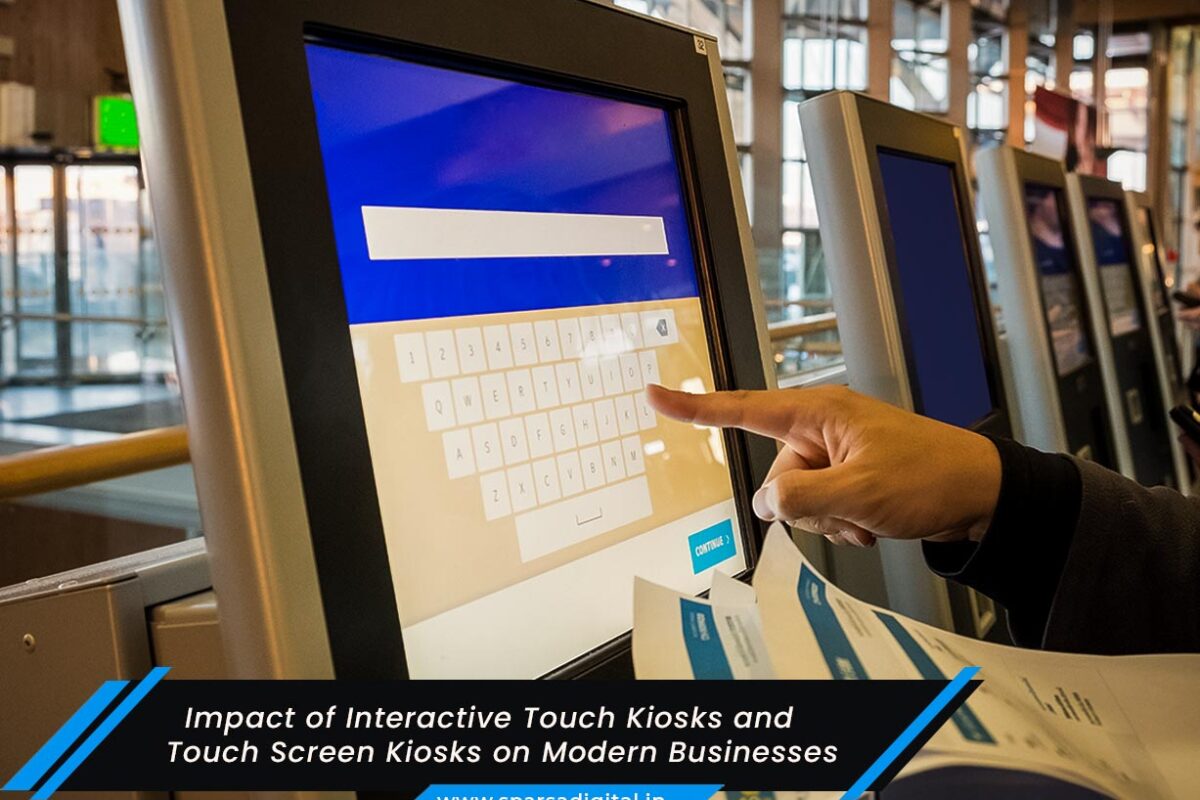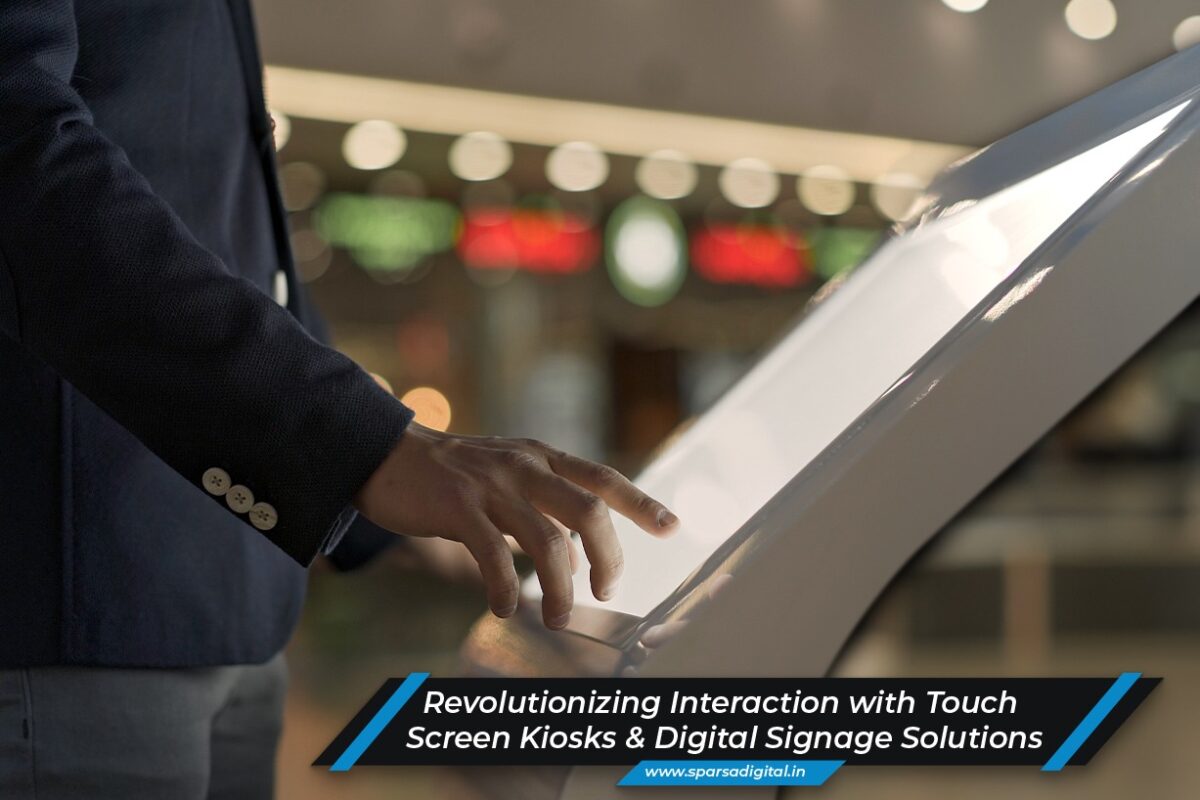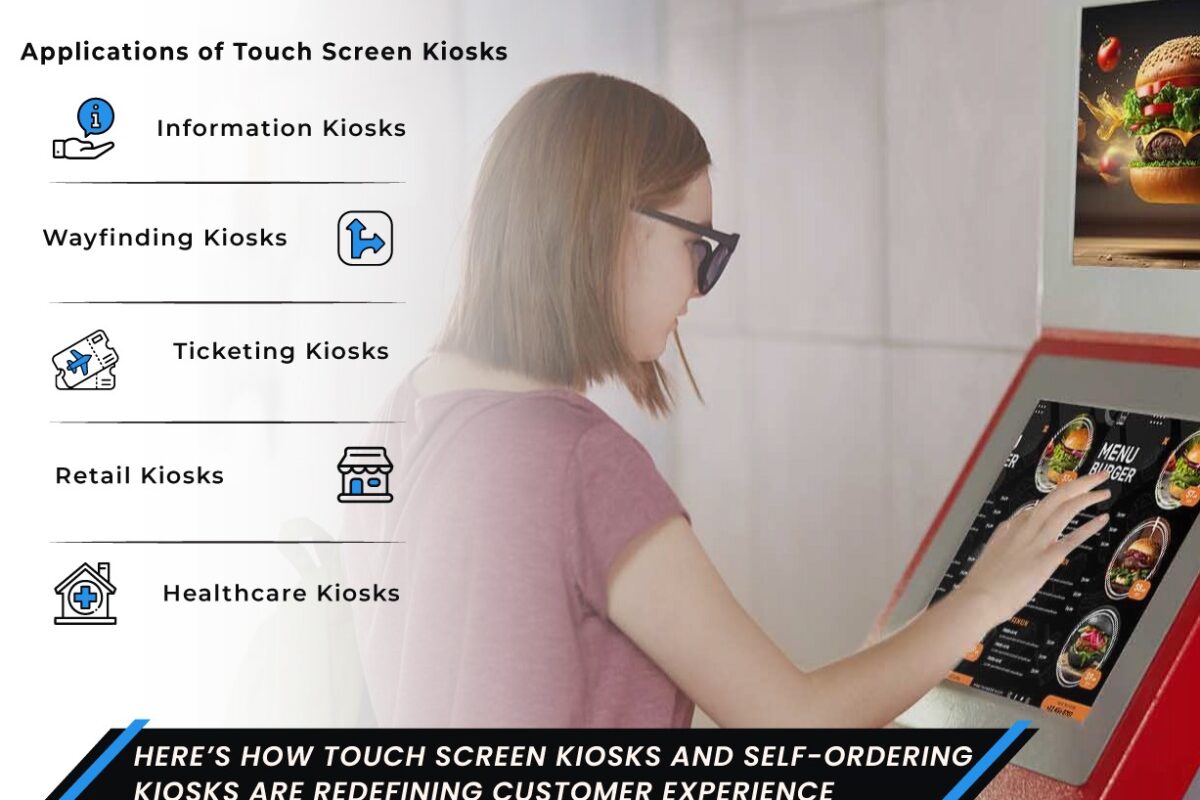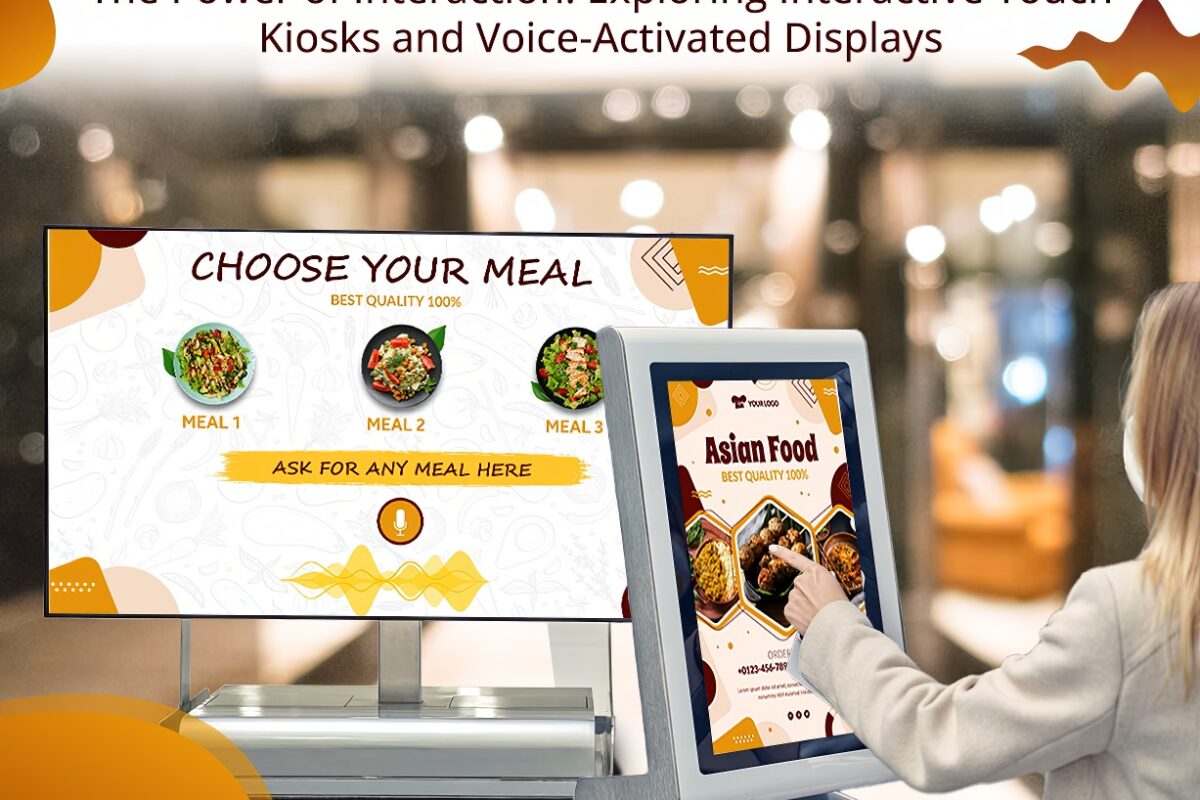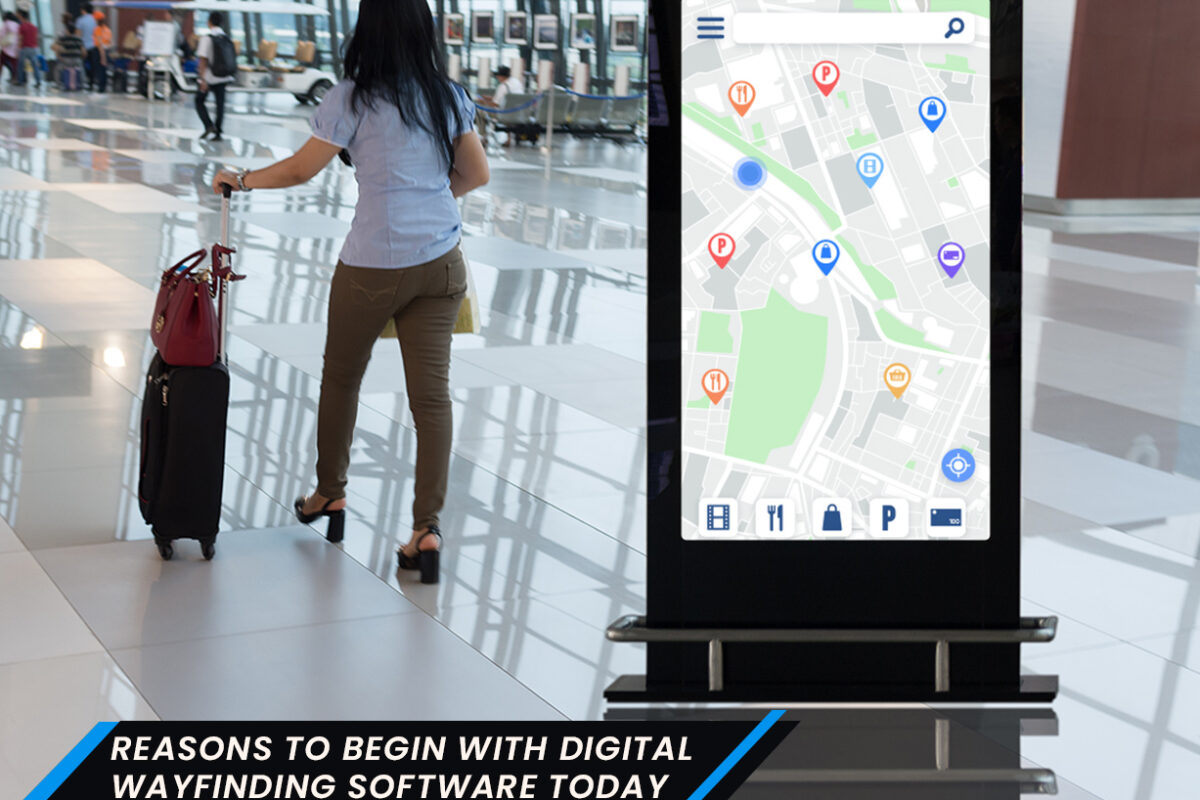In the dynamic landscape of technology, businesses are constantly seeking innovative ways to engage with their audience. Interactive touch kiosks and touch screen kiosks have emerged as powerful tools, reshaping the way customers interact with brands and access information. In this comprehensive blog post, we delve into the intricacies of these interactive technologies, exploring their evolution, applications across industries, benefits, challenges, and future prospects.
Evolution of Interactive Touch Kiosks
A. From Basic Touchscreens to Interactive Experiences:
1. Early Adoption: The journey of interactive touch kiosks traces back to the advent of basic touchscreens in the 1980s. Initially used in public spaces like museums and information centers, these touchscreens allowed users to navigate through static information.
2. Rise of Interactivity: With technological advancements, touch kiosks evolved to offer more engaging and interactive experiences. The integration of multimedia elements, such as videos and images, enhanced user engagement.
B. Integration of Touch Screen Technology:
1. Capacitive vs. Resistive Touchscreens: The evolution of touch screen technology led to the development of capacitive and resistive touchscreens, each with its unique advantages. Capacitive screens offer a more responsive and durable experience, while resistive screens allow for touch input using different objects.
2. Multi-touch Capabilities: The introduction of multi-touch capabilities further expanded the functionality of touch kiosks, enabling users to perform complex gestures like zooming and swiping.
Applications Across Industries:
A. Retail Sector:
1. In-Store Navigation: Retailers utilize interactive touch kiosks to help customers navigate through large stores efficiently, enhancing the overall shopping experience.
2. Product Information: Touch screen kiosks in retail environments provide detailed product information, reviews, and recommendations, aiding customers in making informed purchase decisions.
B. Hospitality Industry:
1. Self-Service Check-In: Hotels and resorts implement touch kiosks for seamless self-service check-in, reducing waiting times and enhancing guest satisfaction.
2. Interactive Concierge: Touchscreen kiosks act as interactive concierge services, offering information on local attractions, dining options, and events.
C. Healthcare:
1. Patient Check-In: Hospitals and clinics deploy touch kiosks for patient check-in, streamlining the registration process and reducing administrative workload.
2. Health Information: Touchscreen kiosks provide patients with access to health information, educational resources, and interactive tools for better understanding their conditions.
D. Education:
1. Campus Navigation: Educational institutions leverage interactive touch kiosks to assist students and visitors in navigating campus facilities, classrooms, and offices.
2. Digital Libraries: Touchscreen kiosks in libraries offer a digital interface for accessing catalogs, searching for books, and accessing educational resources.
Benefits of Interactive Touch Kiosks
A. Enhanced Customer Engagement:
1. Interactive Content: The ability to interact with multimedia content on touch kiosks captivates users, leading to increased engagement and retention of information.
2. Personalized Experiences: Touchscreen technology allows businesses to tailor content based on user preferences, creating personalized and targeted interactions.
B. Efficiency and Time Savings:
1. Self-Service Capabilities: Touch kiosks enable self-service options, reducing the need for human intervention in tasks like check-ins, information retrieval, and transactions.
2. Streamlined Processes: In various industries, touch kiosks streamline processes, minimizing wait times and improving overall operational efficiency.
C. Data Collection and Analytics:
1. User Analytics: Interactive touch kiosks can collect valuable user analytics, providing businesses with insights into customer behavior, preferences, and trends.
2. Feedback Mechanism: Kiosks can serve as feedback mechanisms, allowing customers to provide real-time input and opinions on products or services.
Challenges and Considerations
A. Initial Investment and Maintenance:
1. Cost Factors: The upfront investment in interactive touch kiosks may pose a challenge for some businesses, especially small enterprises.
2. Maintenance and Upkeep: Regular maintenance and software updates are essential to ensure the seamless functioning of touch kiosks, adding to ongoing costs.
B. Security and Privacy Concerns:
1. Data Security: Touch kiosks may pose security risks, especially if they involve the collection of sensitive information. Ensuring robust security measures is crucial.
2. Privacy Regulations: Adhering to data privacy regulations and obtaining user consent for data collection is imperative to build trust with customers.
C. User Experience Design:
1. Intuitive Design: Designing an intuitive user interface is critical for the success of touch kiosks. Poorly designed interfaces can lead to user frustration and disengagement.
2. Accessibility: Ensuring accessibility for users with disabilities is a key consideration, requiring features like voice guidance and compatibility with screen readers.
Future Trends and Innovations
A. Integration with Artificial Intelligence (AI):
1. Personalized Recommendations: AI algorithms can analyze user behavior and preferences, offering personalized recommendations and content on touch kiosks.
2. Natural Language Processing (NLP): Integration with NLP allows users to interact with touch kiosks using natural language, enhancing the conversational aspect of user engagement.
B. Augmented Reality (AR) and Virtual Reality (VR):
1. Immersive Experiences: The incorporation of AR and VR technologies into touch kiosks can provide users with immersive and interactive experiences, especially in retail and education.
2. Virtual Product Try-Ons: Retailers can use AR to enable virtual try-ons of products, allowing customers to visualize items before making a purchase.
C. 5G Connectivity:
1. Faster Data Transfer: The rollout of 5G connectivity will enable faster data transfer and smoother streaming of high-quality multimedia content on touch kiosks.
2. Enhanced Connectivity: Businesses can leverage 5G to enhance the connectivity of touch kiosks, ensuring a seamless and responsive user experience.
Conclusion
In conclusion, interactive touch kiosks and touch screen kiosks have become integral components of modern business strategies across various industries. The evolution of these technologies from basic touchscreens to sophisticated interactive platforms has redefined the way businesses engage with their audience. While the benefits are substantial, addressing challenges such as initial costs, security concerns, and user experience design is crucial for successful implementation.
Looking ahead, the integration of AI, AR, VR, and 5G connectivity promises to take interactive touch kiosks to new heights, offering businesses unprecedented opportunities to create immersive and personalized experiences. As businesses continue to embrace these innovations, the era of interactive touch kiosks unfolds as a testament to the transformative power of technology in shaping the future of customer engagement and information access.

